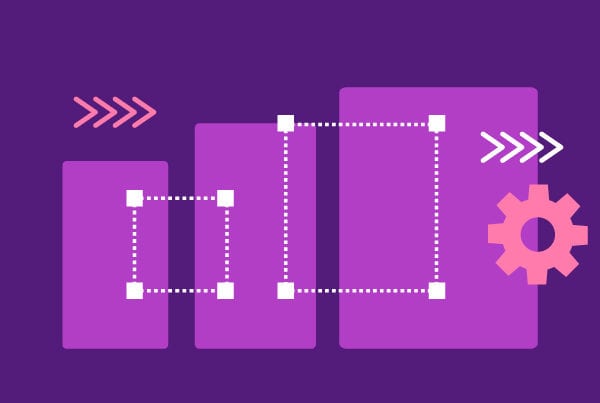The rapid advancement of artificial intelligence (AI) technology has brought significant changes to various industries, and the future of work is no exception. As AI continues to evolve, it has the potential to reshape the workforce, impacting how we work, what jobs are available, and the skills required to thrive in the job market. In this article, we will explore the role of AI in the future of work, focusing on both automation and augmentation, and how individuals and organizations can adapt to this changing landscape.

Automation and Augmentation
Before diving into the impact of AI on the workforce, it’s crucial to understand the difference between automation and augmentation.
Automation involves the use of AI and robotics to perform tasks and processes traditionally carried out by humans. These tasks can range from routine, repetitive jobs in manufacturing to more complex activities in fields like data analysis and customer service. Automation aims to increase efficiency, reduce errors, and cut costs.
Augmentation, on the other hand, involves using AI as a tool to enhance human capabilities. Instead of replacing humans, AI augments their abilities by providing insights, automating repetitive tasks, and aiding decision-making. Augmentation focuses on collaboration between humans and AI to achieve better outcomes.
The Impact of Automation
- Job Displacement: As AI automates routine tasks, some jobs may become obsolete. For example, manufacturing jobs involving repetitive assembly line work are increasingly performed by robots. However, this displacement does not necessarily equate to mass unemployment, as new roles in AI maintenance, programming, and supervision emerge.
- Enhanced Efficiency: Automation can significantly improve productivity and reduce errors. In industries like healthcare, AI-driven diagnostic tools can analyze medical images faster and more accurately than humans, potentially saving lives through quicker diagnoses.
- Evolving Skill Requirements: As certain jobs disappear, the demand for skills in programming, AI development, and data analysis is on the rise. To remain competitive in the job market, individuals need to acquire these in-demand skills.
The Role of Augmentation
- Improved Decision-Making: AI can analyze vast datasets to provide valuable insights and support better decision-making. In finance, for instance, AI algorithms can help traders make informed investment choices by identifying patterns in market data.
- Skill Enhancement: Employees can use AI tools to enhance their skills and expertise. Language translation services powered by AI can help individuals communicate more effectively across language barriers.
- Enhanced Creativity: AI can assist in creative fields by generating ideas, suggesting design elements, or even composing music. This can be a valuable resource for artists and designers looking to expand their creative horizons.
Preparing for the Future with Automation and Augmentation
As AI continues to transform the workplace, individuals and organizations must take proactive steps to adapt and thrive:
For Individuals:
- Lifelong Learning: Embrace a mindset of continuous learning. Stay updated on emerging technologies and acquire relevant skills, such as programming, data analysis, and AI ethics.
- Embrace Collaboration: Be open to working alongside AI tools and machines. Learn how to leverage AI to enhance your work rather than fearing it as a replacement.
- Soft Skills: Develop and hone soft skills such as creativity, emotional intelligence, and adaptability. These skills are difficult for AI to replicate and will remain valuable.
For Organizations:
- Invest in Training: Offer training programs to upskill employees in AI-related areas. Encourage a culture of learning and innovation.
- Ethical AI Implementation: Ensure AI systems are developed and deployed ethically, taking into account fairness, transparency, and bias mitigation.
- Augmentation-Oriented Approach: Promote the use of AI as a tool for augmentation rather than full automation. Create environments where humans and AI collaborate effectively.
Conclusion on Automation and Augment
The future of work with AI is a dynamic landscape that combines both automation and augmentation. While automation can streamline processes and reduce labor-intensive tasks, augmentation empowers individuals to excel by using AI as a tool. As we move forward, adapting to this changing work environment will require a commitment to lifelong learning, collaboration, and a forward-thinking approach. By embracing AI and its potential, individuals and organizations can position themselves for success in the evolving world of work.





